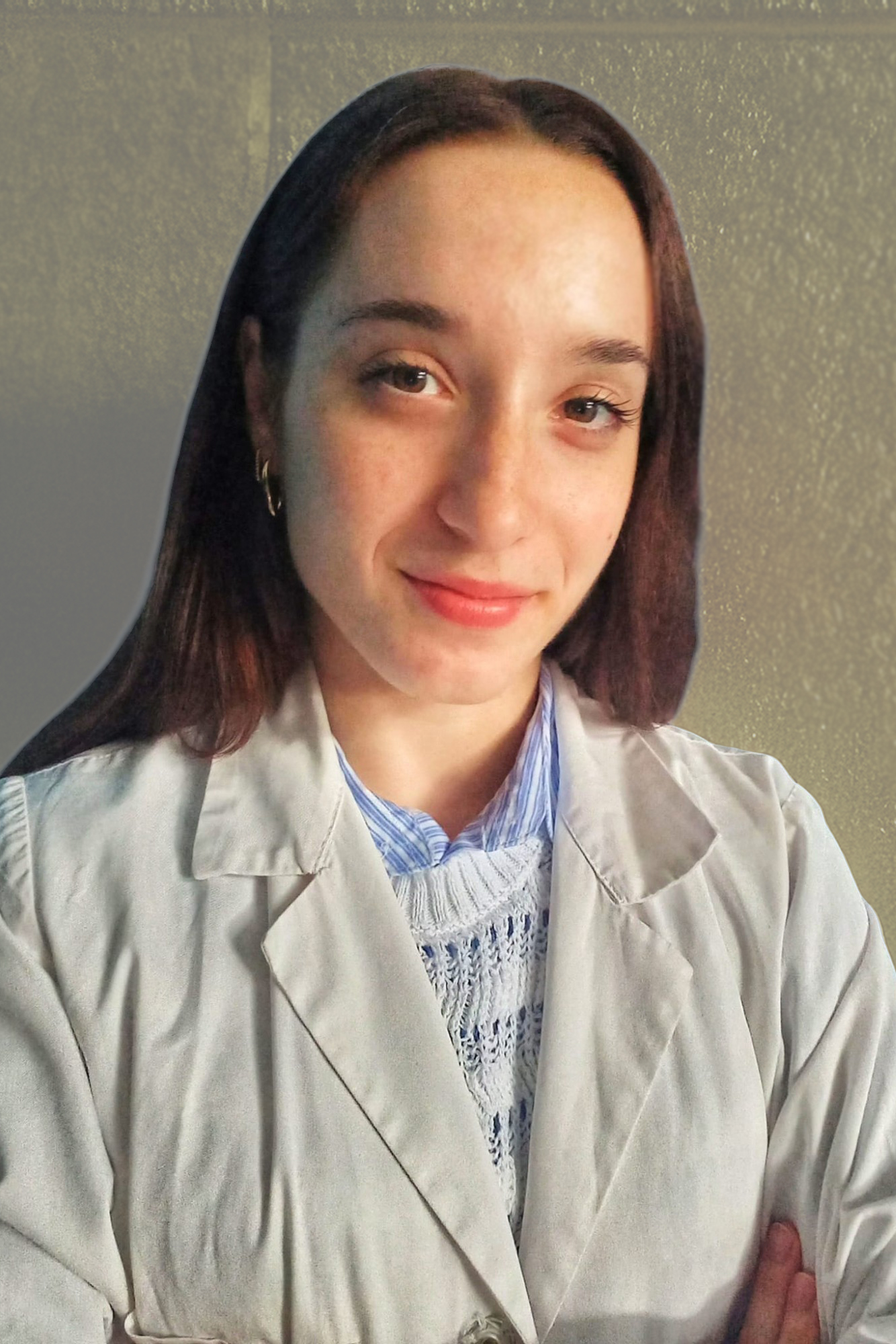
ORCID ID: 0009-0009-3172-8786
Curriculum: Experimental Neuroscience
Tutor: Professor Rosa Maria Moresco
Supervisor: Dr. Silvia Valtorta and Dr. Veronica Krenn
Workplace: San Raffaele Hospital – Nuclear Medicine Unit
I was born in Milan and completed my bachelor’s degree in biotechnology at the University of Milano-Bicocca. My final dissertation was based on the “suppression of the proliferation, migration, and invasiveness of colon cancer cells by miR-378 through inhibition of SDAD1.”
I then continued my education at the University of Milano-Bicocca, where I graduated in March 2024 with a master’s degree in medical biotechnology, with the dissertation “Validation of a New Therapeutic Strategy for the Treatment of Glioblastoma: from patient-derived tumor stem cells to 3D organoid models”. I carried out my master’s thesis internship in the Medical Genetic Laboratory at the University of Milano-Bicocca, under the supervision of Prof.ssa Angela Bentivegna.
Before I started my Ph.D., I volunteered for 6 months at the same lab where I did my dissertation to continue my research.
I am currently pursuing a PhD in Experimental Neuroscience from the University of Milan-Bicocca in Milan, which I am doing in the nuclear medicine-molecular imaging unit of San Raffaele Hospital under the supervision of Prof.ssa Rosa Maria Moresco.
PhD research project
Unveiling Glioblastoma complexity:insights from 3D brain organoid models and OMICS analysis
Glioblastoma (GBM) is an aggressive and incurable primary brain tumor characterized by high recurrence rates and extensive cellular heterogeneity, including the presence of therapy-resistant glioma stem cells (GSCs). Traditional models have been insufficient to capture the complexity of GBM’s microenvironment, limiting the development of effective therapies. This project aims to establish and characterize advanced 3D brain organoid co-culture models (GLICO), integrating human embryonic stem cell (hESC)-derived brain organoids with various GBM cell lines to better mimic in vivo tumor biology. The study is structured around three key objectives: (1) the development and phenotypic characterization of GLICO models to investigate cellular composition and tumor–brain interactions; (2) assessment of therapeutic responses to standard clinical treatments, including Temozolomide and radiotherapy; and (3) implementation of real-time in vivo imaging (PET-CT) and single-cell transcriptomics to monitor treatment efficacy and uncover molecular changes. Radiopharmaceuticals such as [18F]FDG, [18F]FET, and [18F]VC701 will be utilized to visualize tumor metabolism, amino acid transport, and neuroinflammation, respectively. This integrative approach offers a clinically relevant platform for understanding GBM pathology and improving therapeutic strategies.